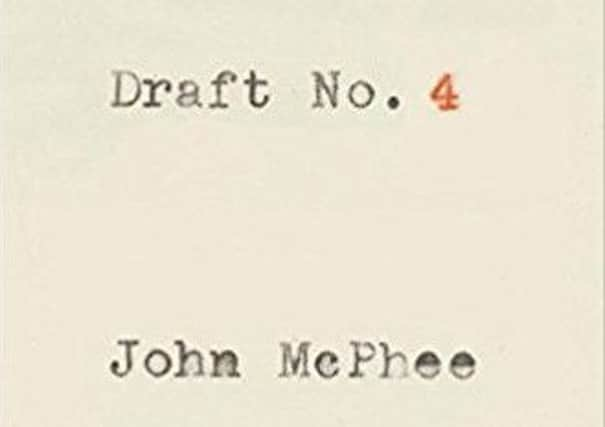Book review: Draft No. 4, By John McPhee


Although he now teaches journalism at Princeton, McPhee is still a staff writer for the New Yorker, as he has been since 1965, and while he has ranged widely in the topics he has covered for the magazine over the years, more recently he has turned his attention to his own creative process, penning a series of essays on “The Writing Life”. All but one of the essays in this book have previously appeared in the New Yorker, and they deal with everything from the mechanics of writing – fundamentals like structure and language – to more practical concerns such as interview techniques and dealing with editors. As other critics have observed, a lot of what McPhee has to say on practical matters is now hopelessly out of date, largely because the timescales he has spent much of his career working to – sometimes with several months to devote to a single story – are simply not realistic by today’s standards. But these essays shouldn’t really be read as an instruction manual but rather as an important (and often highly entertaining) record of a glorious, unhurried period in the history of journalism – a time when a writer could spend “three weeks with a flying game warden” or “two weeks with a Nevada brand inspector” in the course of writing a magazine feature, and still make enough money to keep a roof over his head.
That said, there is much wisdom to be gleaned from his notes on writing: the benefits of using a dictionary rather than a thesaurus when searching for the mot juste, for example, or the myriad ways in which writers of non-fiction can alter the impact of a story simply by changing the order in which they release information to the reader.
Advertisement
Hide AdAnyone aspiring to make a living from writing long-form journalism or literary non-fiction should read this book, absorb its lessons on the art of crafting clear and compelling prose, and then accept that the professional world McPhee was lucky enough to inhabit is now gone.
Draft No. 4: On The Writing Process, By John McPhee, Text Publishing, 192pp, £8.99